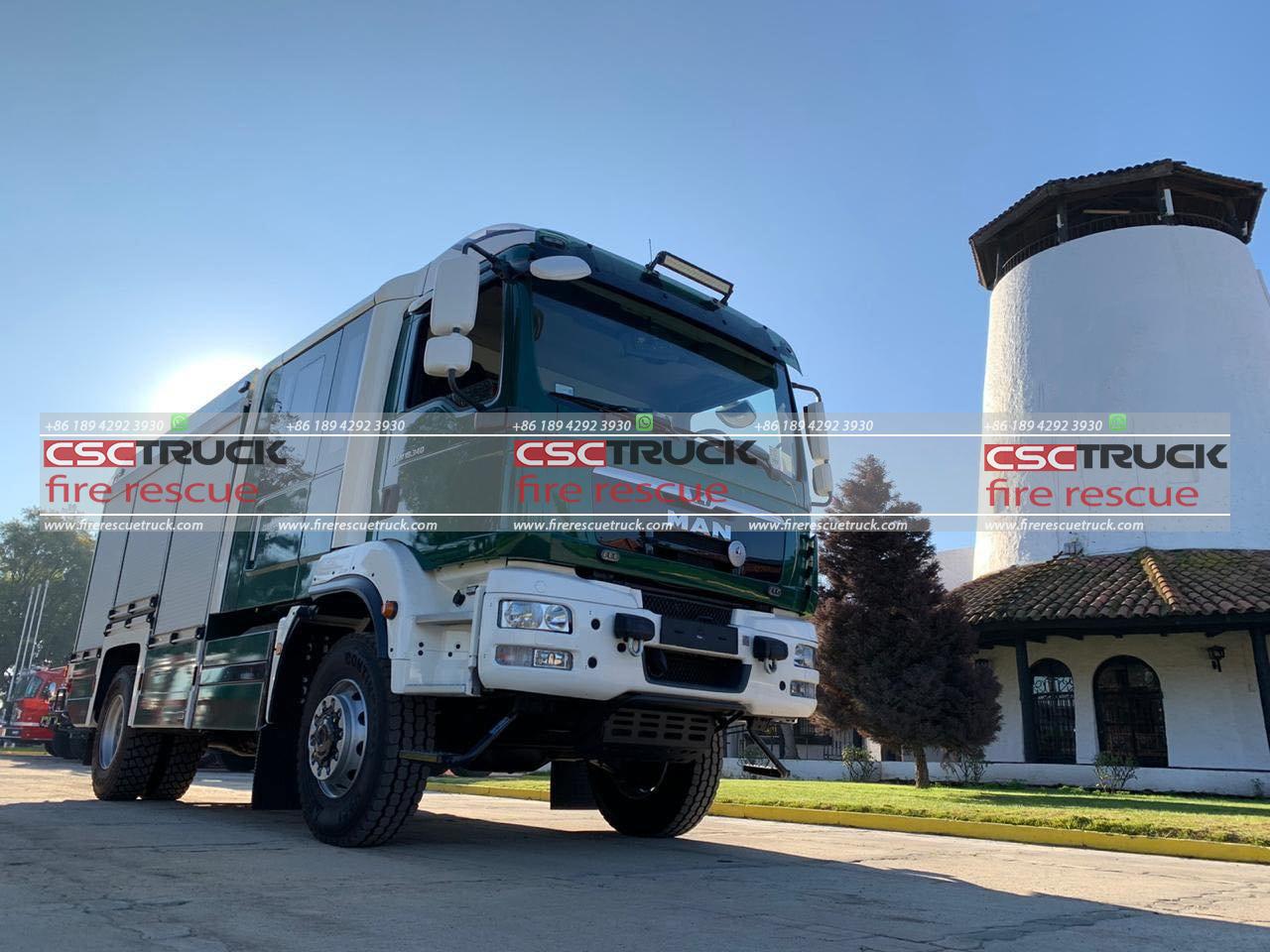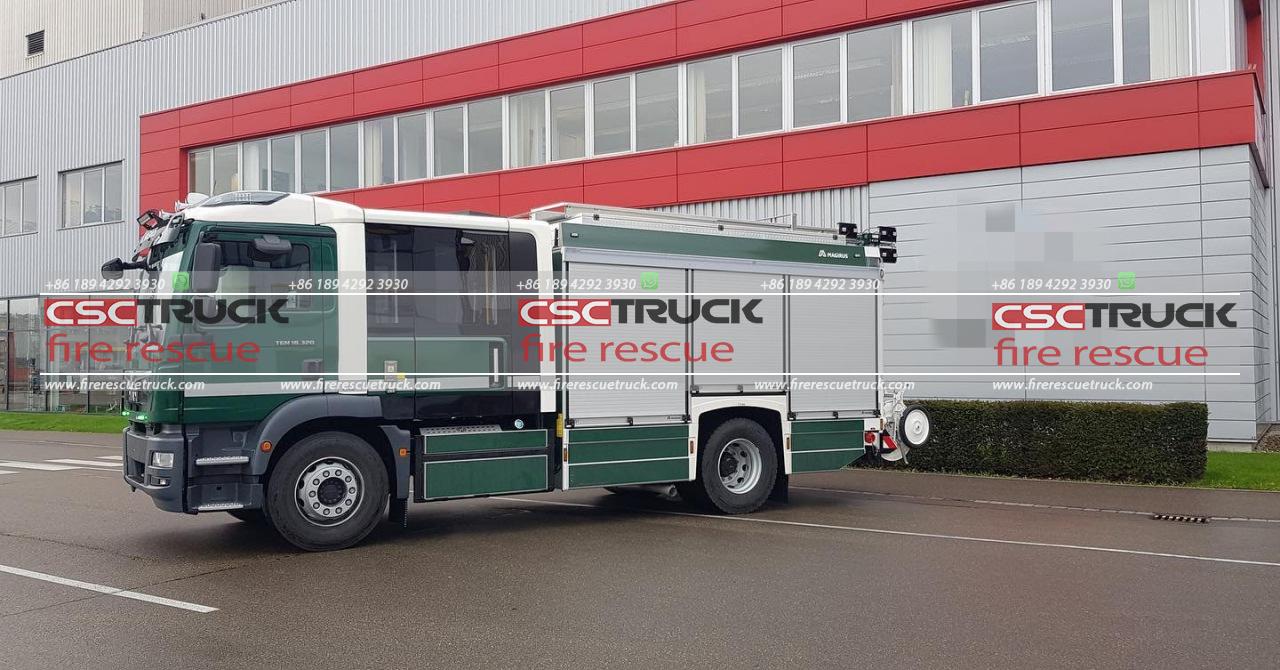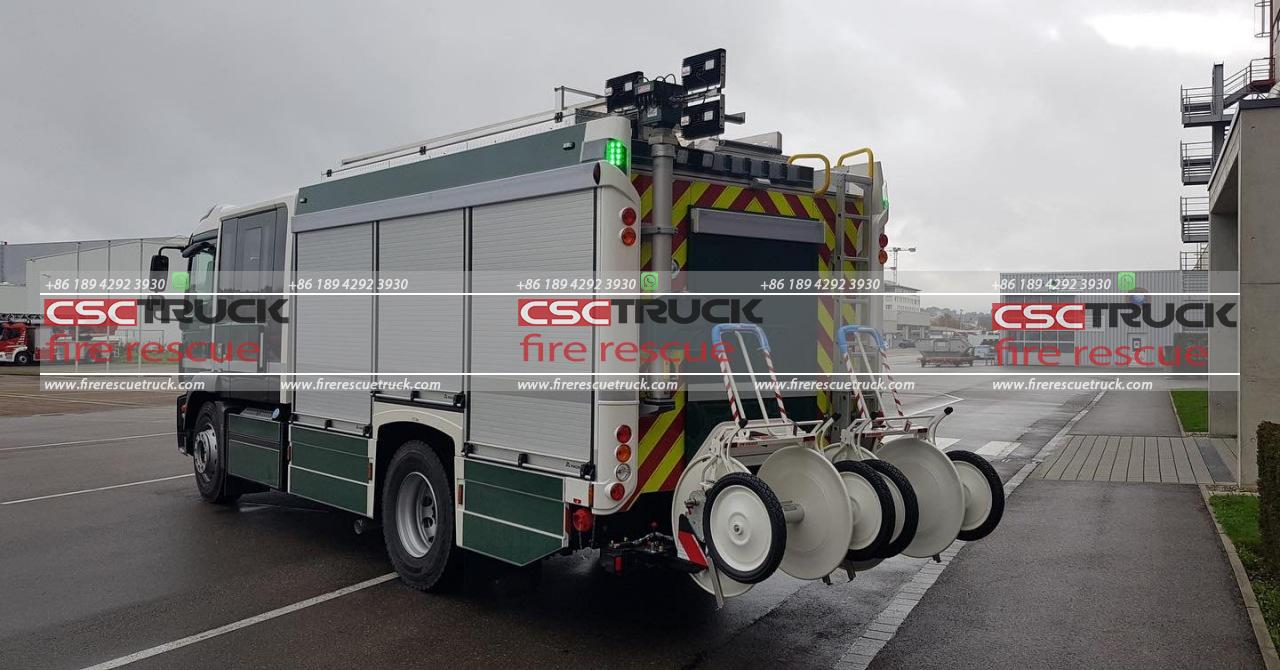Are Fire Hydrants Safe to Drink From?
When we think of fire hydrants, our minds typically conjure up images of firefighters connecting hoses to these iconic red fixtures, using them to battle flames and protect lives and property. Fire hydrants play an essential role in public safety, and they are installed for a critical purpose—providing rapid access to a large, pressurized supply of water in emergencies. However, with their conspicuous placement on sidewalks and street corners, it’s not unusual to wonder: are fire hydrants safe to drink from?
In this article, we’ll explore the answer to that question by examining the design, purpose, and water quality of fire hydrants, along with the potential risks involved in using them as a source of drinking water.
Understanding the Purpose of Fire Hydrants
Fire hydrants are connected to municipal water systems, generally, the same systems that supply water to homes, businesses, and other infrastructure within a community. Their design is engineered to provide high flow rates, sometimes exceeding 1,500 gallons per minute, to support firefighting efforts and other high-demand water needs. The pressure in fire hydrants ensures a robust flow, allowing firefighters to extinguish fires efficiently.
While fire hydrants are connected to municipal water systems, this connection doesn’t automatically mean they are safe to drink from. The primary purpose of fire hydrants is not to provide drinking water but to serve as a high-pressure water source for emergencies.

Water Quality Concerns with Fire Hydrants
Although fire hydrants are technically connected to drinking water systems, several factors affect the quality of water from hydrants, raising legitimate concerns about its safety for consumption. Here are some critical considerations:
1. Sediment Buildup and Rust: Since fire hydrants are not routinely used for drinking water, they are prone to sediment buildup, including dirt, rust, and other particulate matter. These sediments settle in the water lines over time, especially in pipes that lead to infrequently used hydrants. When a hydrant is opened, this sediment can get stirred up, leading to cloudy or discolored water that may contain contaminants. Consuming this water could expose people to particles that are generally filtered out before reaching household taps.
2. Lack of Filtration: Household taps typically have some form of water filtration, even if it’s minimal, to ensure that drinking water meets quality standards. Fire hydrants do not have filters, which means they release raw, untreated water directly from the pipes. Without proper filtration, the water could contain anything from heavy metals to microbes, all of which could pose health risks if ingested.
3. Chlorination Levels and Disinfection: Municipal water systems often add chlorine or other disinfectants to keep the water safe. However, chlorination levels can fluctuate, especially in areas that aren’t regularly flushed, like hydrants. If the water in these lines stagnates for too long, it may not meet the standard disinfection levels needed for safe drinking water, and in some cases, bacteria could proliferate. This issue is particularly problematic in hydrants in older systems or those located at the ends of water lines.
4. Cross-Contamination Risks: Fire hydrants are sometimes located near streets, parking lots, or industrial areas, where contaminants can enter the water system more easily. For example, when hydrants are used for firefighting or maintenance, there’s a risk of backflow, which could allow contaminants from the surrounding environment to enter the hydrant. If this water makes its way back into the system, it could become contaminated. Although water departments take measures to prevent such issues, cross-contamination risks make fire hydrant water less reliable than regular tap water for drinking.
5. Flushing Operations: Many municipalities perform hydrant flushing to remove sediment and ensure water quality within the distribution system. During these operations, the hydrants are opened, allowing water to flow at a high rate. This flushing process can stir up sediment, discolor water, and temporarily lower the water quality, which could make hydrant water unsafe for drinking if consumed shortly afterward.
Are There Circumstances When Fire Hydrant Water is Safe to Drink?
In an emergency or survival situation, people might consider fire hydrant water as a potential source. Although generally not advisable, there are a few factors that can improve the odds of safety when drinking from a fire hydrant:
1. Location Matters: Fire hydrants located close to water treatment plants or in areas with newer infrastructure may have a lower risk of contamination. If a hydrant is close to a main water line, the water flowing through it might be of a higher quality, although this isn’t guaranteed.
2. Proper Flushing: Opening a hydrant for a short time before drinking can help flush out some of the contaminants that may have settled in the pipe. However, this method is not foolproof and should be cautiously approached.
3. Use of Filters and Purification Tablets: Portable filters and water purification tablets can make hydrant water safer for consumption in emergencies. These filters can remove certain particulates and some microbes, though not all contaminants. Purification tablets can help kill bacteria, but they won’t address heavy metals or chemical pollutants.

Legal and Ethical Considerations
In many municipalities, opening and using a fire hydrant without permission is illegal. Unauthorized access to fire hydrants can cause several issues, including damage to the hydrant, injury from high water pressure, and disruption of service. Municipal water departments and fire departments carefully regulate hydrant usage, not only to prevent misuse but also to maintain the hydrants’ integrity for firefighting.
For these reasons, it is crucial to avoid using hydrants as a water source unless authorized or advised by local authorities, such as in disaster situations where other sources may be unavailable. Tampering with hydrants can also decrease water pressure in the surrounding area, potentially impacting firefighting operations, which puts lives and property at risk.
Alternatives to Fire Hydrant Water in Emergencies
If an emergency arises, here are some safer alternatives to using fire hydrant water:
– Bottled Water: Bottled water is a reliable, portable solution that is readily available in stores and often provided during natural disasters.
– Boiling: If the water source is questionable but not contaminated with chemicals or heavy metals, boiling can kill bacteria and viruses, making it safer to drink.
– Water Purification Tablets and Filters: When access to clean water is limited, portable water filters or purification tablets designed for hiking or camping can provide a more reliable option than untreated fire hydrant water.

Conclusion: Fire Hydrants Aren’t Meant for Drinking
In summary, while fire hydrants are connected to municipal water systems, they are not intended for drinking. Due to sediment buildup, fluctuating chlorination levels, lack of filtration, and potential cross-contamination, water from fire hydrants may not meet the health standards required for drinking water. Municipalities typically design and maintain hydrants for firefighting and similar high-demand water uses rather than personal consumption. As a result, even though hydrant water may occasionally be safe, it’s generally wise to avoid drinking directly from fire hydrants unless in a dire emergency, and only after using purification methods.
As cities continue to prioritize public safety and water quality, it’s essential to understand that fire hydrants are specialized tools—not water fountains or emergency drinking supplies. For everyday and emergency preparedness, securing access to safe and reliable drinking water remains crucial, and fire hydrants should be used solely for their intended purpose in public safety.







